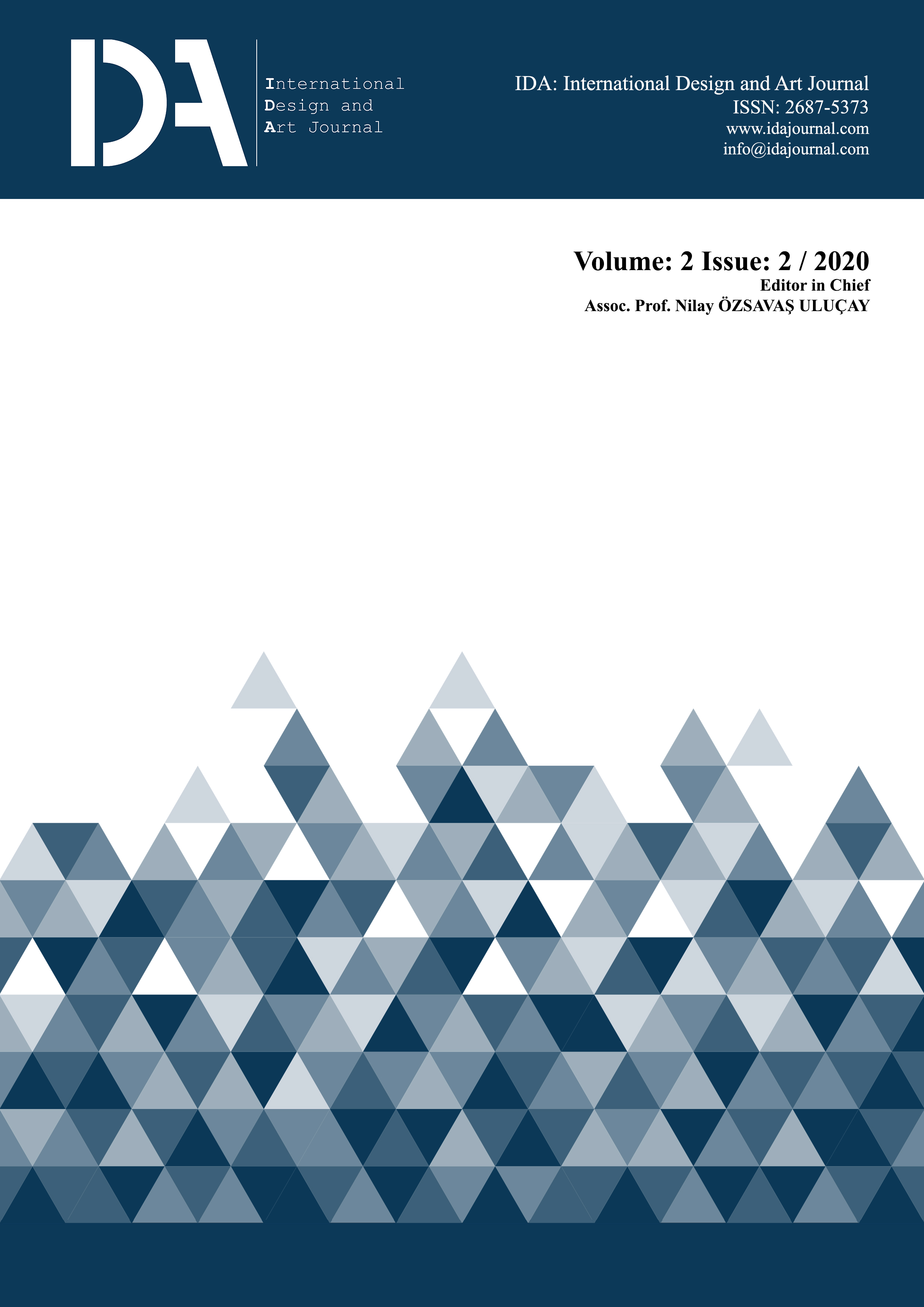Investigation of Contemporary Showcase Designs with Basic Design Principles
Keywords:
Showcase, Shop, Fashion, Trends, DesignAbstract
Showcase is the place where the first contact with the customer is made, increasing the sales success of the stores. The two main tasks of showcases are; promotion of the store, product identity and image; and being effective and inviting people to enter the store. The storefronts, showcases and displays, which are enlarged with glass surfaces, are designed with many different materials and concepts in order to affect and attract the customer. Simultaneous change of seasonal showcases renewed with the accelerating power of consumption along with fashion, showcase design principles and approaches catch the attention. Showcases, which are described as leisure entertainment, can attract the customer like a magnet with their design approaches while describing their brand image with their communicative values.
The aim of this study is to create awareness by drawing attention to current design approaches, formal changes, which are the interface of the store atmosphere. In the study, contemporary showcase arrangements are exemplified from showcase designs starting with multi-storey stores such as Paris Bon Marche, Milano Vittoria Emmanuelle with their large glazed showcases, traditional showcase arrangements, the traditional display layouts, and the creative designs brought by the big fashion houses such as Gucci and Prada to the display designs with digital screens, considered as the pioneers of world fashion. As methods, contemporary showcases have been analysed with colour, texture, material, shape, form, shape-ground relations, focus, repetition-rhythm, toning-value, lighting, typography, measure and proportion as basic design elements and principles. The showcases, which are mostly photographed from Milan (2016-2018), symbolizing the capital of fashion and European countries such as Istanbul, Prague, Athens, Thessaloniki, Madrid, Florence, Siena, Rome, constitute the material of the study. In this context, original and remarkable contemporary showcases can be designed by adding innovative and creative effects to the showcases with the basic design elements and principles, which are an interdisciplinary teaching. The monotonous appearance of traditional showcases has been replaced by contemporary showcase layouts that transform into creative, striking artistic installations, impressive theater decors and graphic creations.
References
Arslan, M. ve Bayçu, S. (2006). Mağaza Atmosferi, Anadolu Üniversitesi Yayını No: 1696, Eskişehir: Anadolu Üniversitesi.
Arslan, F. M. (2011). Mağazacılıkta Atmosfer. İstanbul: Beta Yayınları.
Ataoğlu, N. C. (2018). Vitrin Tasarımında Güncel Yaklaşımlar. 2. Ulusal İç Mimari Tasarım Sempozyumu, Karadeniz Teknik Üniversitesi İç Mimarlık Bölümü, Bildiri Özetleri Kitabı, Trabzon.
Baudrillard, J. (2008). Tüketim Toplumu. İstanbul: Ayrıntı Yayınları.
Bayraktar, A. (2011). Görsel Mağazacılıkta Vitrinlerin Önemi. İstanbul: Beta Yayınları.
Bayraktar, N., Tamer, N. G., Tekel, A., Gürer, N., Taş, A. C. K. ve Köroğlu, B. A. (2012). Görsel Eğitimde Yaratıcılık ve Temel Tasarım. Ankara: Nobel Yayın.
Brooker, G. ve Stone, S. (2010). İç Mekan Tasarımı Nedir? İstanbul: YEM Yayın.
Cragoe, C. D. (2011). Binalar Nasıl Okunur? İstanbul: YEM Yayın.
Çelikbaş, G. (2013). Mağazalarda Kurumsal Kimlik ve Vitrin Tasarımı İlişkisi: İstanbul Louis Vuitton Mağazalarının Vitrin Tasarım Analizi. Yüksek Lisans Tezi, Maltepe Üniversitesi, Fen Bilimleri Enstitüsü.
Hasol, D. (1993). Ansiklopedik Mimarlık Sözlüğü. İstanbul: YEM Yayın.
Kademoğlu, H. (2011) Modern Yaşamın Kamusal Mekanları Olarak Alışveriş Mekanları, Yüksek Lisans Tezi, İstanbul Teknik Üniversitesi, Fen Bilimleri Enstitüsü.
Koffka, K. (1935). Principles of Gestalt Psychology. New York: Harcourt-Brace.
Kuban, D. (1992). Mimarlık Kavramları, Tarihsel Perspektif İçinde Mimarlığın Kuramsal
Sözlüğüne Giriş. İstanbul: YEM Yayın.
Melikoğlu, A. S. (2008). Marka Mekanı Olarak Vitrin Tasarımının Önemi: Tüketici Davranışları Üzerinden Deneysel Bir Araştırma. Yüksek Lisans Tezi, Karadeniz Teknik Üniversitesi, Fen Bilimleri Enstitüsü.
Mesher, L. (2013). İç Mekan Tasarımında Mağaza Tasarımı. İstanbul: Literatür Yayın.
Tutar, M. M. (2013). Markanın, Mağaza Kişiliğinin Vitrin Tasarımına Etkileri, Yüksek Lisans Tezi, Haliç Üniversitesi, Sosyal Bilimler Enstitüsü.
Downloads
Published
Issue
Section
License
IDA: International Design and Art Journal is an open-access academic journal. All publishing rights of the accepted articles are deemed to assign to IDA: International Design and Art Journal. Articles can not be published and copied anywhere, and can not be used without reference.
IDA: International Design and Art Journal is licensed under a Creative Commons Attribution-NonCommercial-ShareAlike 4.0 International License.



